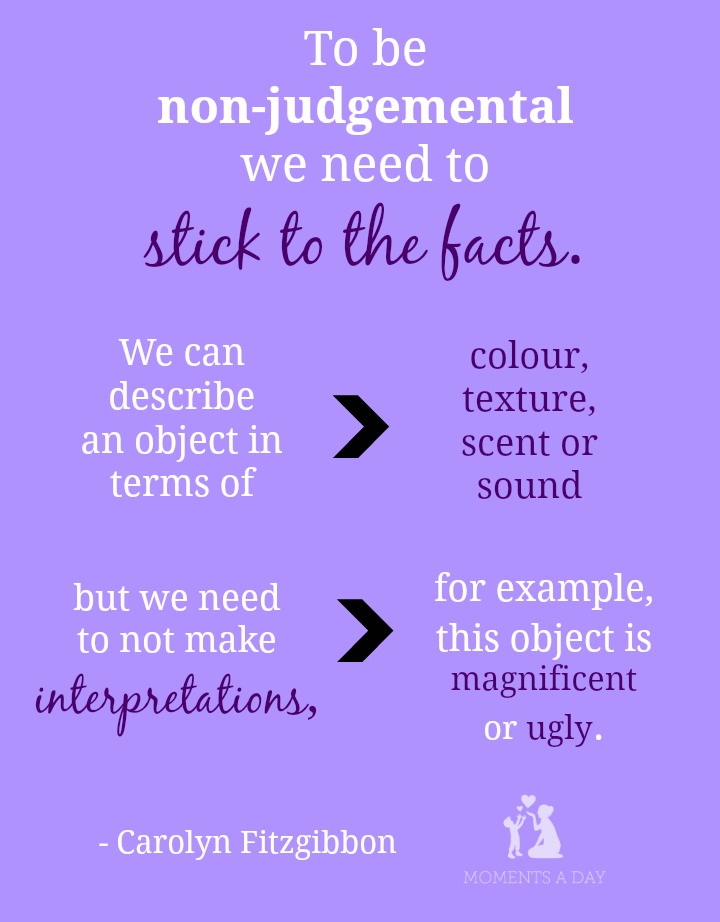
In part one of this series, I introduced the concept of mindfulness. In part two, we talked about how to focus our awareness.
In this post, we see how mindfulness is the focus of awareness in the present moment without judgement.
This takes a lot of practice. We have been taught our whole lives to judge whether someone is attractive or not, good or bad, lucky or unlucky. Judgements have their place but most people are doing it too much. Here are some examples:
- We can judge our emotions as good or bad and this judgement leads to more emotions!
- We can judge our thoughts as bad or that we “shouldn’t have had that thought” and then this can lead to negative emotions.
- We can judge our bodies in comparison to the Western Ideal and feel that we are not attractive.
Kids can be very hard on themselves too. Here are some child examples:
- Judging that they should be able to do something really well the first time they try it and then getting very upset when they can’t. For example, ride a bike.
- Judging that their bag isn’t as good as another person’s bag.
- Judging that someone isn’t their friend anymore because they said something mean.
We can’t just stop judging though, even if we want to. All we can do is practice being non-judgemental. It is also important that we let go of judging ourselves for judging.
To be non-judgemental we need to stick to the facts. We can describe an object in terms of colour, texture, scent or sound but we need to not make interpretations, for example, this object is magnificent or ugly.
This exercise may work better with kids who are 10 years or older.
Mindfulness Exercise on Teaching Non-Judgementalism
Print out a picture of Beauty and a picture of the Beast, or any other picture that invokes judgements.

Ask your child to describe the picture without using words like good or bad, ugly or pretty. Instead they should use words that are the facts. For example: “She has blue eyes and blonde hair.”
Discuss the concept of judgements with your child.
Check out the other posts in this series:
I hope this series helped you discover the value of mindfulness and its application to focusing awareness and practicing non-judgementalism.
If you would like to review the first two posts in the series, visit them here:
Mindfulness Exercises for Kids: The Concept of Mindfulness
Mindfulness Exercises for Kids: Focusing Awareness
About the Author
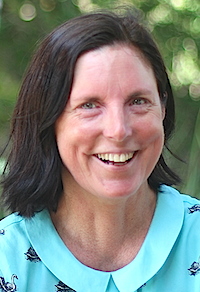 Carolyn Fitzgibbon is an Occupational Therapist registered with the Australian Health Practitioner Regulation Agency (AHPRA) and currently practicing at Dialectical Behaviour Therapy (DBT) Brisbane. She has extensive experience in Mental Health and works with children, adolescents and adults on improving emotional well being. Carolyn has also trained as a meditation teacher. Carolyn’s work as an Occupational Therapist involves supporting people to fully engage in their lives and reduce stress, anxiety, depression and self harm. You can contact her via her website.
Carolyn Fitzgibbon is an Occupational Therapist registered with the Australian Health Practitioner Regulation Agency (AHPRA) and currently practicing at Dialectical Behaviour Therapy (DBT) Brisbane. She has extensive experience in Mental Health and works with children, adolescents and adults on improving emotional well being. Carolyn has also trained as a meditation teacher. Carolyn’s work as an Occupational Therapist involves supporting people to fully engage in their lives and reduce stress, anxiety, depression and self harm. You can contact her via her website.
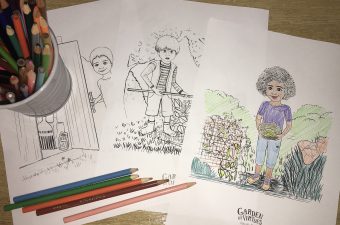
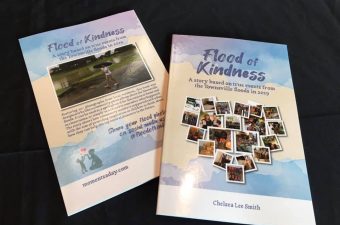
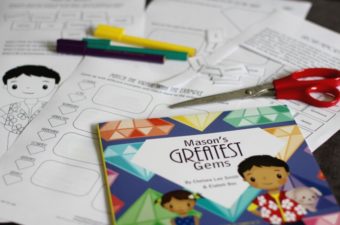
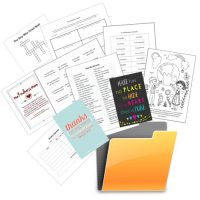
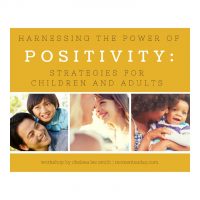
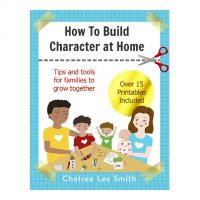
Thanks Carolyn for writing this thoughtful article. It’s never to early to start teaching them the right things and this world surely doesn’t need another grumpy generation. I have a toddler and although she still barely understands more than ten words, i for sure will have your article in mind in a year or two.